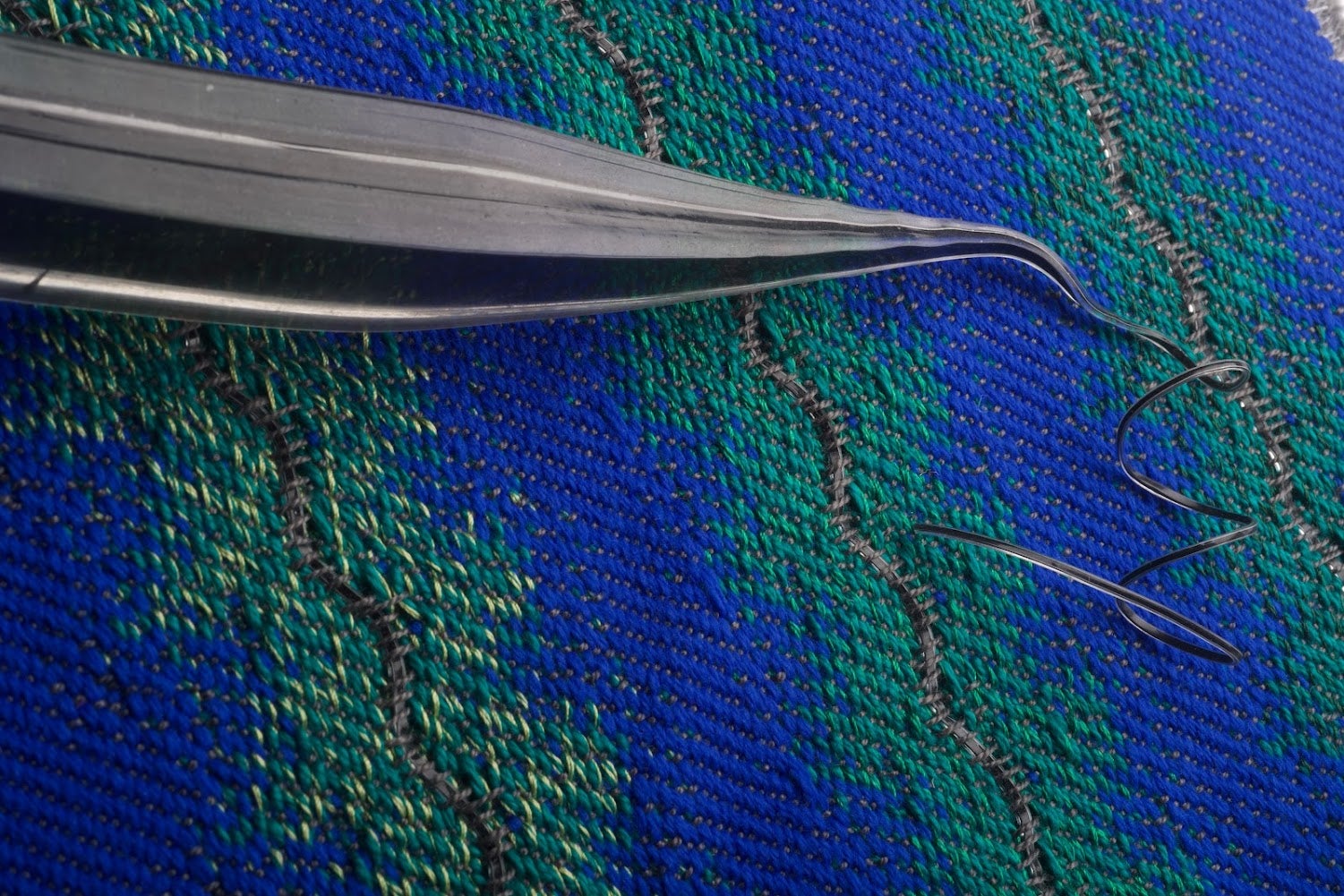Researchers create fabric that ‘hears’ your heartbeat
The material works like a microphone and converts sound into vibrations, and then into electrical signals.

Your support helps us to tell the story
From reproductive rights to climate change to Big Tech, The Independent is on the ground when the story is developing. Whether it's investigating the financials of Elon Musk's pro-Trump PAC or producing our latest documentary, 'The A Word', which shines a light on the American women fighting for reproductive rights, we know how important it is to parse out the facts from the messaging.
At such a critical moment in US history, we need reporters on the ground. Your donation allows us to keep sending journalists to speak to both sides of the story.
The Independent is trusted by Americans across the entire political spectrum. And unlike many other quality news outlets, we choose not to lock Americans out of our reporting and analysis with paywalls. We believe quality journalism should be available to everyone, paid for by those who can afford it.
Your support makes all the difference.Researchers have created a fabric that can hear your heartbeat.
The material works like a microphone and converts sound into vibrations, and then into electrical signals, similarly to how our ears hear.
While all fabrics vibrate in response to sounds, the movements are usually too small to be sensed.
In order to capture these vibrations, the researchers created a flexible fibre that, when woven into a fabric, bends with the fabric like seaweed on the ocean’s surface.
The development means the possibility of clothes that act as hearing aids, clothes that answer phone calls, and garments that track heart and breathing rates, researchers suggest.
They say the fibre could also have other uses, including being integrated with spacecraft skin to listen to space dust, or embedded into buildings to detect cracks or strains.
Lead author Wei Yan, who helped develop the fibre at the Massachusetts Institute of Technology in America and is now an assistant professor at the Nanyang Technological University in Singapore, said: “It can even be woven into a smart net to monitor fish in the ocean.
This fabric can... enable wearers to monitor their heart and respiratory condition in a comfortable, continuous, real-time, and long-term manner
“The fibre is opening widespread opportunities.
“Wearing an acoustic garment, you might talk through it to answer phone calls and communicate with others.
“In addition, this fabric can imperceptibly interface with the human skin, enabling wearers to monitor their heart and respiratory condition in a comfortable, continuous, real-time, and long-term manner.”
The fabric can pick up sounds ranging in volume from a quiet library to heavy road traffic, and determine the precise direction of sudden sounds like handclaps.
When it is woven into a shirt’s lining, it can detect a wearer’s subtle heartbeat features.
Researchers suggest the fibres can also generate sounds, such as a recording of words being spoken, that another fabric can detect.
They were inspired by human hearing to create a fabric “ear” that would be soft, durable, comfortable, and able to detect sound.
The research is published in Nature.